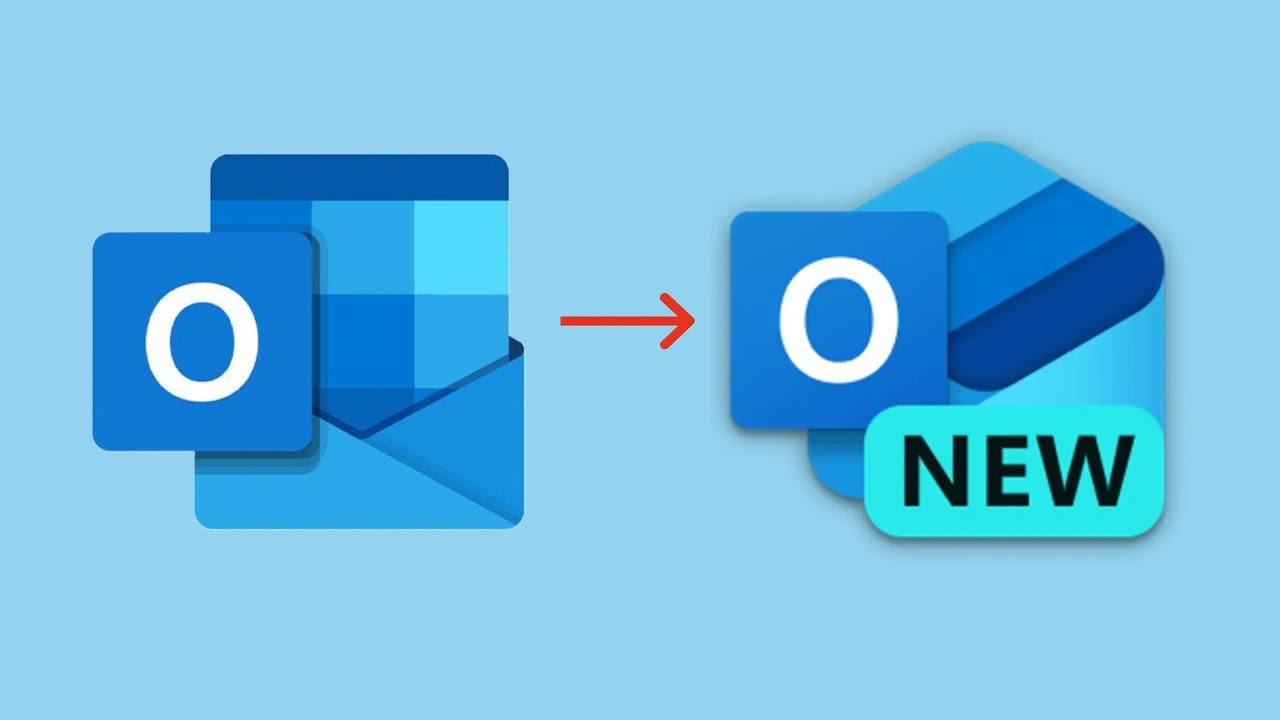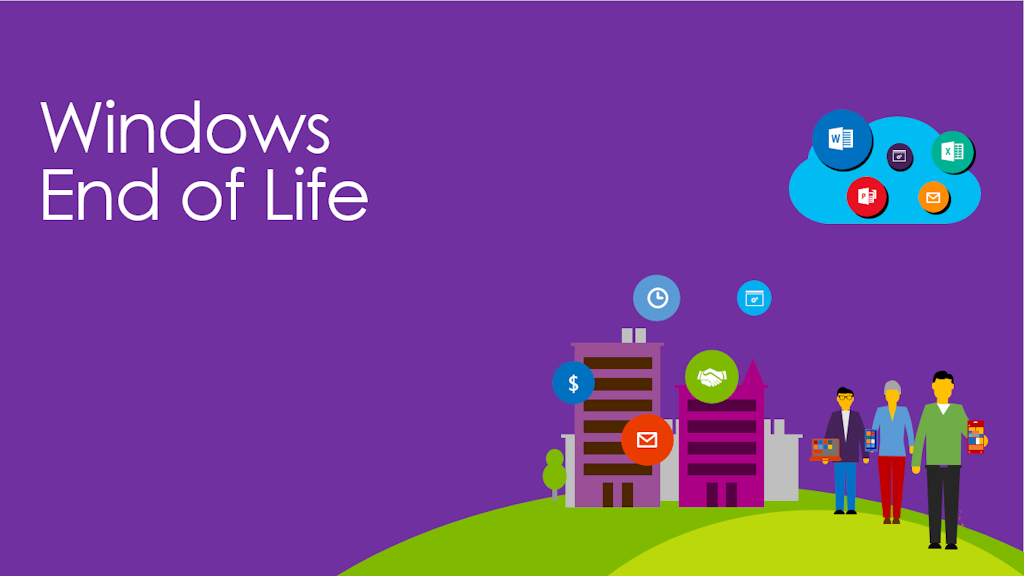Microsoft has officially announced that Windows 10 will reach End of Life on October 14,…

What is Outlook Classic?
If you’ve ever worked for a company with a Microsoft 365 subscription, it’s very likely that you’ve used Outlook. Outlook has been Microsoft’s primary email client software since 1997. Although best-known for supporting Microsoft Exchange mailboxes, Outlook can in fact be used with almost any mailbox.
Those with Microsoft Office apps installed on their PC may have noticed something curious: there are now two Outlooks, one called “Outlook (Classic)” and one called “Outlook (New),” or “Outlook for Windows.” For those who have used the Outlook desktop version since 2016, Outlook Classic is the same familiar software. On the other hand, New Outlook is an overhaul and is much more similar to Outlook on the Web – the version you can access in your web browser.
Suffice to say for those who love Classic Outlook, Microsoft has announced plans to discontinue support for it out in favor of New Outlook.
When is Outlook coming to the end?
Microsoft has indicated that they are completing this transition to New Outlook in stages. The timeline is as follows:
- Opt-in (Now): New Outlook is available to try in place of Classic Outlook. This allows you to experience the changes before it becomes the standard option.
- Opt-out (April 2026): New Outlook will become the default email client, but the option will remain to switch back to Classic if you still need it.
- End of Support (April 2029): Classic Outlook will no longer be supported or available to continue using. Users will need to switch over to New Outlook with no option to revert to Classic.
It’s worth noting that there is no specific date provided at this time for either of the upcoming stages to go into effect. That’s why it is important to be prepared for the rollout well in advance.
Do you need to upgrade Outlook?
Short answer is yes. For most Outlook users, the switch to New Outlook won’t affect you much, apart from the process of getting used to the updated user interface. You’ll still be able to use your email, contacts, and calendar as before, and over time you’ll learn to use the new features that New Outlook has to offer.
However, some changes in New Outlook may require adjustments:
- Add-ins: While Classic Outlook supports a wide range of add-ins, which can add additional functionality and integrate Outlook with third-party apps, New Outlook doesn’t have as much support for add-ins (yet). Some add-ins are available in New Outlook but look and function differently, while others do not yet exist at all, and would require a different solution.
- Local storage: While Classic Outlook, by default, keeps a copy of your mailbox on your computer, New Outlook does not – it pulls emails directly from the cloud. For this reason, if your Internet connection is slow or spotty, you may need an upgrade to use New Outlook effectively.
- Customization: If you’re the type of high-powered technically savvy user who likes fine-grained customization, you may have some difficulty adjusting to New Outlook, which focuses on a simplified, streamlined experience rather than the extensive customization possibilities that Classic Outlook offered.
Managed IT and Upgrades
Moving to the new Outlook isn’t just about installing a new application. It’s an opportunity to modernize your line-of-business applications. A managed IT partner can handle the planning, testing, and rollout so your team can stay focused on business goals instead of upgrade headaches.
Next Steps for Colletti Tech Clients
At Colletti Tech, we’re helping our clients with active Managed IT plans prepare for the classic Outlook reaching End of Life with:
- Full device assessments to identify upgrade-ready PCs
- Migration roadmap
- Managed transition to minimize disruption
- Ongoing support ensuring technology works for you — not the other way around
Conclusion
Outlook Classic retiring is a major change, but also a chance to modernize. By acting early, businesses can upgrade Outlook and avoid the last-minute scramble.
Not sure if your devices are ready for the new Outlook? Contact Colletti Tech today for an upgrade assessment.

